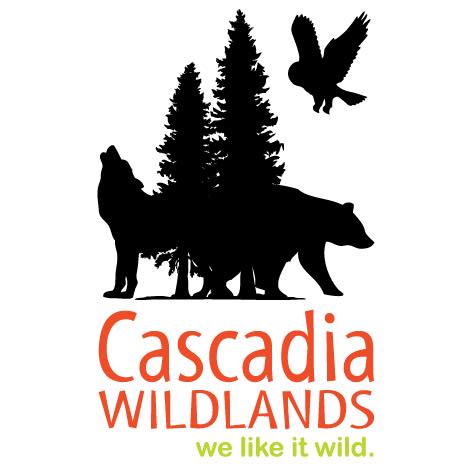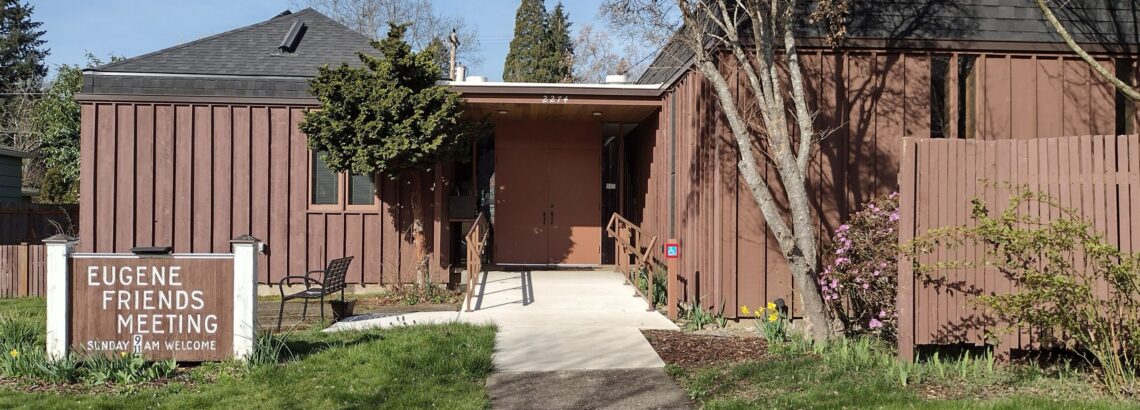
I’m writing about forest protection this month, and I wanted to look at forest advocates, and that led me to Cascadia Wildlands, a grassroots conservation organization based in Eugene, and focused on the Cascadia bioregion, the forest zone extending along the Pacific Coast from northern California to south-central Alaska.
Cascadia Wildlands is known for innovative and effective campaigns through advocacy, outreach, education, and litigation. They defend and restore Cascadia’s wild ecosystems in the forests, in the courts, and in the streets. The group began in 1998 when a some passionate students and community members decided to take action against rampant clearcutting in Oregon’s Cascades and Coast Range. Since then, they has grown into a regional conservation leader; they claim to have protected tens of thousands of acres of wildlands and prevented endangered species from reaching extinction.
Cascadia Wildlands staff identify wild places and species in critical need of protection, and then work to protect them by organizing citizens to take action, leading hikes to threatened areas, talking with media, presenting in classrooms, suing governments when they break the law, hosting community events, creating policy, and working with land managers to design restoration projects. They do not participate in activities such as tree sits or road blockades; instead they use a diversity of tactics to prevent destructive projects from reaching the point where community members engage in civil disobedience.
The Online Action Center shows several ways to support this work, from supporting the
Beaver and Water Quality Bill HB 3932 , to deauthorizing dams on the Willamette River, and taking action against several specific logging projects.
It’s important to note that Cascadia Wildlands is not against logging: They recognize that, in some cases, restorative logging can accelerate the recovery of degraded forests. They generally support restoration thinning in human-created, homogeneous tree plantations that lack structural diversity, and, in some cases, carefully planned thinning in dry forests that have experienced the effects of fire suppression. Thinning in these unnaturally dense stands can protect legacy features like old-growth trees from being consumed by wildfire.
But one of their goals is to protect older forest ecosystems. When logging threatens those forests, they work to stop it.
The project that caught my attention is the Blue and Gold Old-Growth Logging Project, located west of Yoncalla in the Umpqua River watershed. This forest has some of the last remaining unlogged, carbon-storing older forests in the region. The Bureau of Land Management (BLM) plans to aggressively log over a thousand of acres here, and build roads in old-growth habitat essential to imperiled species, including the northern spotted owl and marbled murrelet. The main justification is to meet timber production targets. The agency says the forests in the project area range from 40-140 years old, but thorough field checking efforts, Cascadia Wildlands found that many of the stands are much older — with some groves reaching upwards of 600 years old.
The BLM has plans to auction a portion of the project to the highest bidder — ironically — on Earth Day, April 22nd, 2025! Cascadia Wildlands is organizing a non-violent rally at 9:30 a.m. on Earth Day, at the BLM Roseburg District Office 777 NW Garden Valley Blvd, Roseburg, followed by an optional hike into the threatened forest (The hike will take about two hours and is completely off trail on uneven terrain with many downed trees and branches from recent winter storms.)
Want to help?
- JOIN IN SAYING NO TO BLUE AND GOLD ON EARTH DAY (RSVP here) Let’s form a Quaker carpool – email Cynthia!
- Send an email to elected officials asking them to cancel the project!


